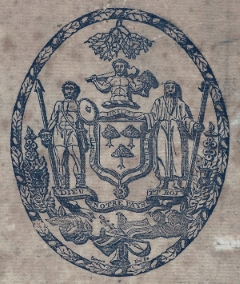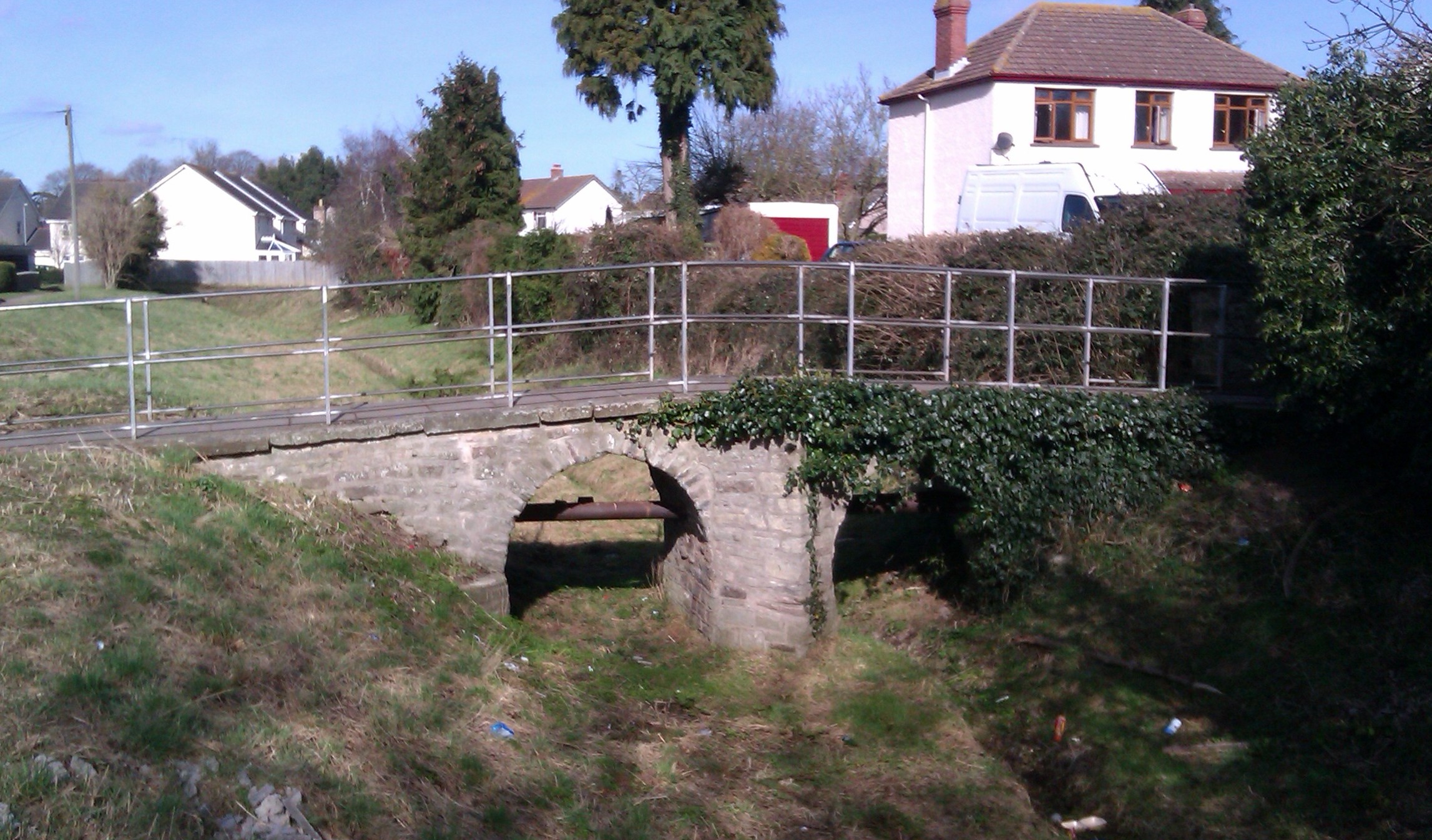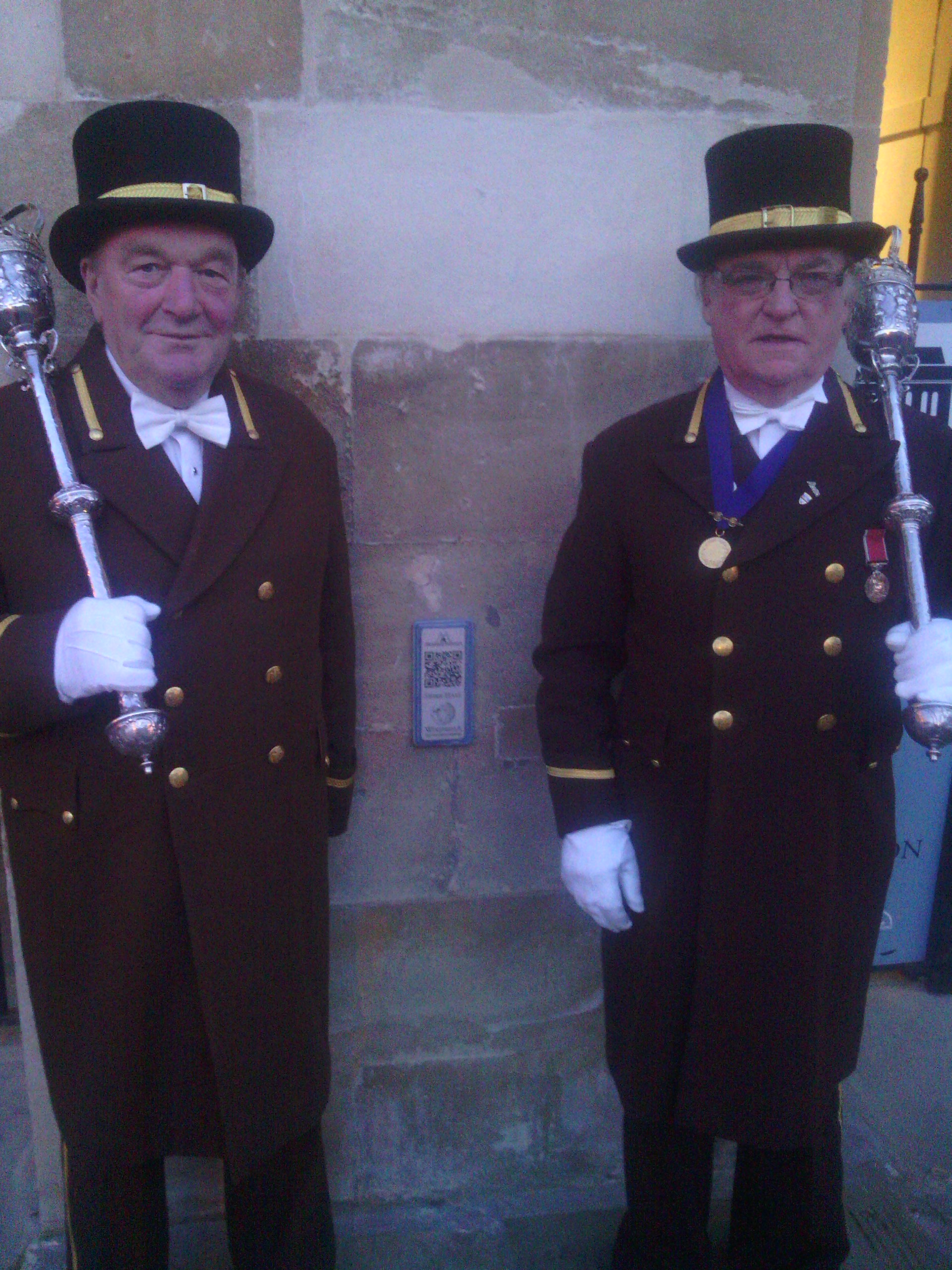|
The Gatehouse, Monmouth
The Gatehouse, also known as The Gate House, is a public house located next to Monnow Bridge in Monmouth, Wales. The pub was known as the Barley Mow until it changed its name in 1993.Heather Hurley, ''The Pubs of Monmouth Chepstow and The Wye Valley'', Logaston Press, 2007, , page 48 It is the only public house in Monmouth located beside a river. The pub has a restaurant area, seated balcony and a function room. History The building was established as a public house by 1812, when a women's friendly society met in the building once a month. The women paid small amounts into a fund which they then withdrew in times of being unable to work due to childbirth, sickness, accidents or old age. In 1822, William Jones became the licensee of the house "known as the Barley Mow", and from that point on he and his family ran the pub until the last quarter of the 19th century. In 1887 the Loyal Trafalgar Lodge of Druids Friendly Society had their Jubilee Dinner at the Barley Mow with ove ... [...More Info...] [...Related Items...] OR: [Wikipedia] [Google] [Baidu] |
Monmouth
Monmouth ( , ; cy, Trefynwy meaning "town on the Monnow") is a town and community in Wales. It is situated where the River Monnow joins the River Wye, from the Wales–England border. Monmouth is northeast of Cardiff, and west of London. It is within the Monmouthshire local authority, and the parliamentary constituency of Monmouth. The population in the 2011 census was 10,508, rising from 8,877 in 2001. Monmouth is the historic county town of Monmouthshire although Abergavenny is now the county town. The town was the site of a small Roman fort, Blestium, and became established after the Normans built Monmouth Castle . The medieval stone gated bridge is the only one of its type remaining in Britain. The castle later came into the possession of the House of Lancaster, and was the birthplace of King Henry V in 1386. In 1536, it became the county town of Monmouthshire. A market town and a focus of educational and cultural activities for the surrounding rural area, Monmouth ... [...More Info...] [...Related Items...] OR: [Wikipedia] [Google] [Baidu] |
Wales
Wales ( cy, Cymru ) is a Countries of the United Kingdom, country that is part of the United Kingdom. It is bordered by England to the Wales–England border, east, the Irish Sea to the north and west, the Celtic Sea to the south west and the Bristol Channel to the south. It had a population in 2021 of 3,107,500 and has a total area of . Wales has over of coastline and is largely mountainous with its higher peaks in the north and central areas, including Snowdon (), its highest summit. The country lies within the Temperateness, north temperate zone and has a changeable, maritime climate. The capital and largest city is Cardiff. Welsh national identity emerged among the Celtic Britons after the Roman withdrawal from Britain in the 5th century, and Wales was formed as a Kingdom of Wales, kingdom under Gruffydd ap Llywelyn in 1055. Wales is regarded as one of the Celtic nations. The Conquest of Wales by Edward I, conquest of Wales by Edward I of England was completed by 1283, th ... [...More Info...] [...Related Items...] OR: [Wikipedia] [Google] [Baidu] |
Public House
A pub (short for public house) is a kind of drinking establishment which is licensed to serve alcoholic drinks for consumption on the premises. The term ''public house'' first appeared in the United Kingdom in late 17th century, and was used to differentiate private houses from those which were, quite literally, open to the public as "alehouses", "taverns" and "inns". By Georgian times, the term had become common parlance, although taverns, as a distinct establishment, had largely ceased to exist by the beginning of the 19th century. Today, there is no strict definition, but CAMRA states a pub has four characteristics:GLA Economics, Closing time: London's public houses, 2017 # is open to the public without membership or residency # serves draught beer or cider without requiring food be consumed # has at least one indoor area not laid out for meals # allows drinks to be bought at a bar (i.e., not only table service) The history of pubs can be traced to Roman taverns in B ... [...More Info...] [...Related Items...] OR: [Wikipedia] [Google] [Baidu] |
Monnow Bridge
Monnow Bridge ( cy, Pont Trefynwy ), in Monmouth, Wales, is the only remaining medieval fortification, fortified river bridge in Great Britain with its gate tower standing on the bridge. Such bridge towers were common across Europe from Middle Ages, medieval times, but many were destroyed due to urban expansion, diminishing defensive requirements and the increasing demands of traffic and trade. The historical and architectural importance of the bridge and its rarity are reflected in its status as a scheduled monument and a Categories of listed building, Grade I listed building. The bridge crosses the River Monnow (''Afon Mynwy'') above its confluence with the River Wye. Monmouth had been a significant border settlement since the Roman Britain, Roman occupation of Britain, when it was the site of the fort of Blestium. The River Wye may have been bridged at this time but the Monnow, being easily ford (crossing), fordable, appears not to have had a crossing until after the Norma ... [...More Info...] [...Related Items...] OR: [Wikipedia] [Google] [Baidu] |
Friendly Society
A friendly society (sometimes called a benefit society, mutual aid society, benevolent society, fraternal organization or ROSCA) is a mutual association for the purposes of insurance, pensions, savings or cooperative banking. It is a mutual organization or benefit society composed of a body of people who join together for a common financial or social purpose. Before modern insurance and the welfare state, friendly societies provided financial and social services to individuals, often according to their religious, political, or trade affiliations. These societies are still widespread in many parts of the developing world, where they are referred to as ROSCAs (rotating savings and credit associations), ASCAs (accumulating savings and credit associations), burial societies, chit funds, etc. Character Before the development of large-scale government and employer health insurance and other financial services, friendly societies played an important part in many people's lives. Many o ... [...More Info...] [...Related Items...] OR: [Wikipedia] [Google] [Baidu] |
Ancient Order Of Druids
The Ancient Order of Druids (AOD) is the senior neo-druid order in the world, and the oldest in continuous existence. It was formed in London, England, in 1781. It is represented in England, Wales, Scotland and the Commonwealth of Nations. Its motto is ''Justice, Philanthropy and Brotherly Love''. History 28 November 1781, in the King’s Arms tavern, near Oxford Street, some gentlemen decided to create an association basing the name and some of the iconography upon what was then believed about the ancient druids. Despite a few semantic similarities, initiatory aspects and the use of regalia, the AOD, since its origins, is completely distinct from Freemasonry. By the 1920s, two different stories were circling amongst members of the Order regarding its foundation. The first held that it was created by a group of friends who were merchants and artisans who liked to regularly meet at the King's Arms tavern just off Oxford Street in the West End of London. To keep out unwanted ... [...More Info...] [...Related Items...] OR: [Wikipedia] [Google] [Baidu] |
Allied Breweries
Allied Breweries was the result of a 1961 merger between Ind Coope (of Burton), Ansells (of Birmingham), and Tetley Walker (of Leeds). In 1978, Allied Breweries merged with the food and catering group J. Lyons and Co to form Allied Lyons. The breweries business merged with Carlsberg in 1992 and became Carlsberg-Tetley, which is now part of Carlsberg Group, with Carlsberg-Tetley now known as Carlsberg UK. History Ind Coope Edward Ind acquired the Star Brewery in Romford, Essex from George Cardon in 1799. Ind entered into partnership with Octavius Coope and George Coope in 1845 to form Ind Coope. A brewery was established in Burton-on-Trent in 1856. Ind Coope merged with Samuel Allsopp & Sons in 1934. Ind Coope acquired Benskins Watford Brewery in 1957 and Taylor Walker and Friary Meux in 1959. Allied Breweries Ind Coope merged with Tetley Walker of Leeds and Ansells to form Allied Breweries in 1961. In 1968, Allied made an agreed £108M bid for Showerings of Shepton Mall ... [...More Info...] [...Related Items...] OR: [Wikipedia] [Google] [Baidu] |
River Monnow
The River Monnow ( cy, Afon Mynwy) marks the England–Wales border for much of its length. After flowing through southwest Herefordshire, England, and eastern Monmouthshire, Wales, its confluence with the River Wye is approximately south of Monmouth. The Monnow rises near Craswall on Cefn Hill just below the high Black Mountains, Wales. It flows southwards, gaining the waters of its tributaries the Escley Brook and Olchon Brook near Clodock and the waters of the River Honddu, from the Welsh side of the Black Mountains, near Pandy. The river then flows briefly eastwards, to Pontrilas, where it is joined by its largest tributary, the River Dore before again turning southwards. At Monmouth, the Monnow joins into the River Wye with the River Trothy. The unique medieval Monnow Bridge in Monmouth is the only remaining fortified river bridge in Great Britain with its gate tower standing on the bridge. The long-distance Monnow Valley Walk follows the river. Toponymy The Ri ... [...More Info...] [...Related Items...] OR: [Wikipedia] [Google] [Baidu] |
Keith Kissack
Keith Edward Kissack MBE (18 November 1913 – 31 March 2010) was a British schoolteacher and historian. He is notable for his many publications on the history of Monmouth and Monmouthshire. Life Kissack was born in Clun, Shropshire, to Rev. Bernard Kebble Kissack and Caroline Keith-Murray. His mother was a descendant of the Murray of Blackbarony family of Scotland, Edmund Murray Dodd, a leading figure in Nova Scotia in the mid 19th Century, and David Mathews, the Mayor of New York City under the British during the American Revolution. Kissack attended Durham School where he was a member of the school cricket team in 1931 and 1932. He later attended St Mark and St John's College, Chelsea, where he trained as a teacher. He married Audrey Winifred Jones, of Monmouth in 1939, and daughter Bethia was born in 1940. He achieved the rank of captain in the Second World War, serving in North Africa, Sicily and Italy, where he was wounded. After the Second World War, his second d ... [...More Info...] [...Related Items...] OR: [Wikipedia] [Google] [Baidu] |
Overmonnow
Overmonnow is a suburb of the town of Monmouth, in Wales, which is located to the west of the River Monnow and the Monnow Bridge. It developed in the Middle Ages, when it was protected by a defensive ditch, the ''Clawdd-du'' or "Black Dyke", the remains of which are now protected as an ancient monument. In later centuries the area became known as "Little Monmouth" or "Cappers' Town". History At the time of the Norman conquest, the area to the east of the River Monnow, and north of the River Wye, was in the area known as Archenfield, which lay within the Earldom of Hereford and was considered to be part of England; areas to the west of the Monnow, including the Overmonnow area, were regarded as Welsh. After the Normans built Monmouth Castle, the town of Monmouth gradually developed as a market town, a river port, and as a centre for the manufacture of iron goods and woollen fabric. By the twelfth century, development had taken place beyond the Monnow Bridge at Overmonnow, formin ... [...More Info...] [...Related Items...] OR: [Wikipedia] [Google] [Baidu] |
Mayor Of Monmouth
The Mayor of Monmouth is an elected position given to a town councillor in Monmouth in Wales. The position dates back about 750 years. History The position of Mayor in Monmouth was established in the thirteenth century by the people who were controlling the town's market. A seal was obtained from King Henry III confirming the rights and privileges of the position and the right to also establish bailiffs for the town. The position was confirmed in 1447 when Henry VI granted a charter to the town which permitted the town to raise taxes to pay for the town and also gave some freedom from the King's taxes. (Henry VI's father had been born in the town.) This charter confirmed the position of mayor as an annual elected position and agreed that two maces should be carried before the elected person. These maces survive and carry the arms of the Duchy of Lancaster. An elected mayor and bailiffs came to lead this body and by the middle of the thirteenth century a seal had been acquire ... [...More Info...] [...Related Items...] OR: [Wikipedia] [Google] [Baidu] |






